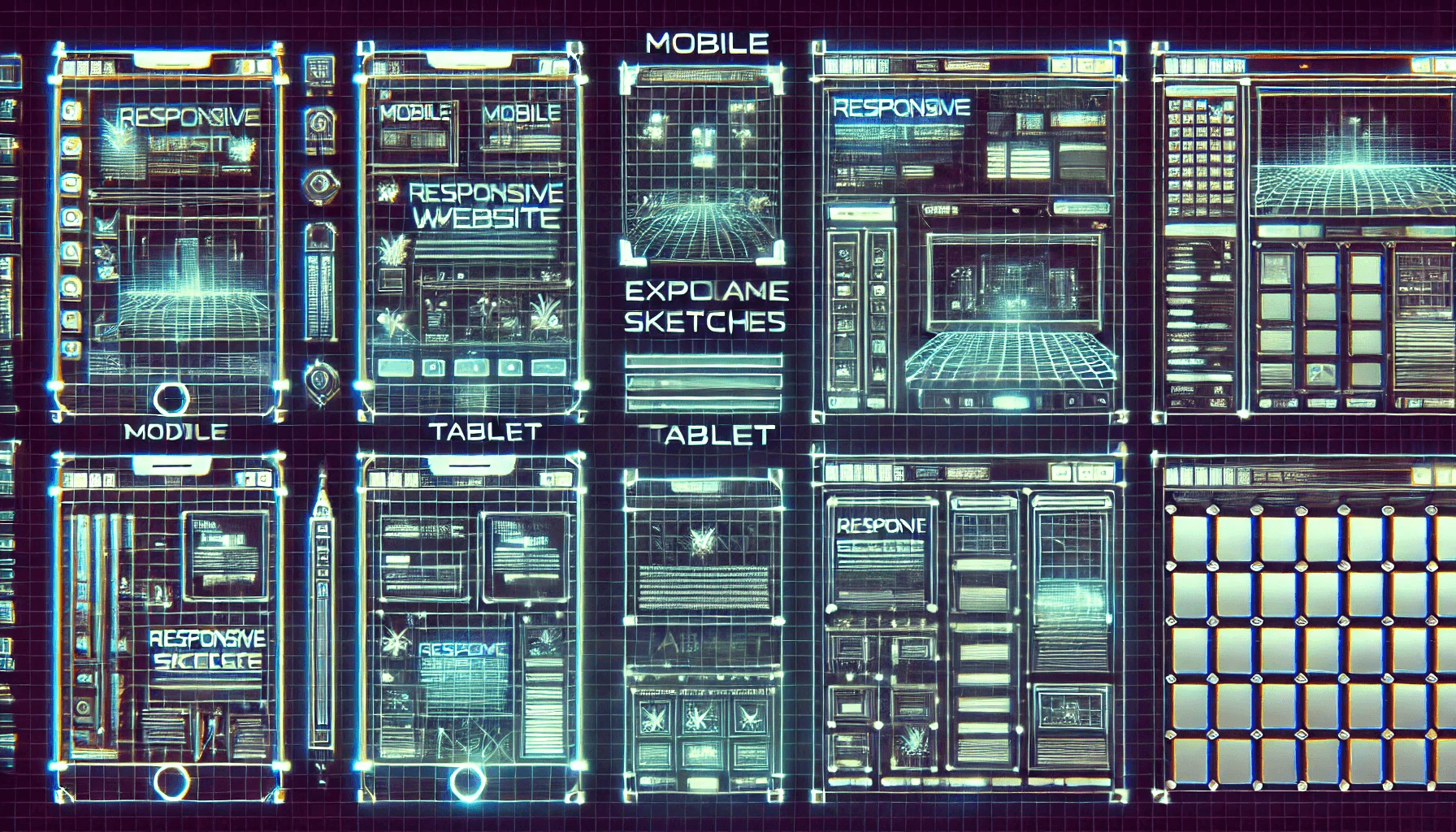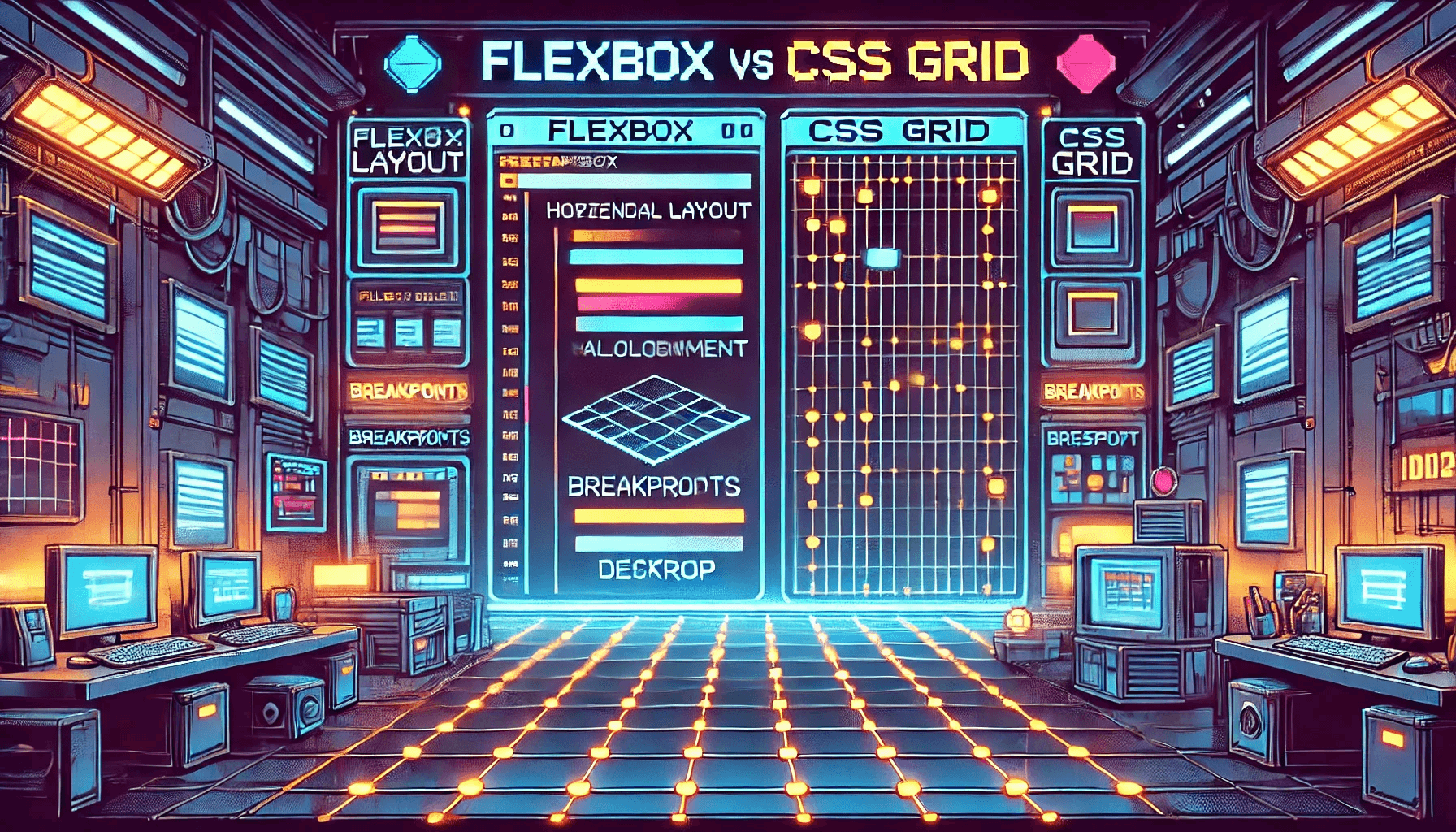Building Responsive Sites
Learn how to build modern, responsive websites that look great on any device.

@chromecipher1
4 months ago
0
Building Responsive Sites
Responsive web design isn't a trend — it's a necessity. With devices ranging from tiny smartwatches to ultra-wide monitors, developers must build interfaces that adapt seamlessly.
In this post, we’ll explore responsive design strategies that still matter in 2025, the evolution of layout tools, and how to future-proof your websites.
📱 1. Why Responsiveness Still Matters
Over 60% of global traffic still comes from mobile, but it's not just about screen size. Network speeds, input methods, and accessibility considerations all vary widely.
A responsive design ensures:
- Better user experience (UX)
- Improved SEO rankings
- Lower bounce rates
- Higher conversion
Mobile-first isn't just a nice-to-have — it's the standard.
📐 2. The Mobile-First Design Approach
Start small. Design for the smallest screen first, then progressively enhance the layout as the screen size increases. This method results in cleaner, faster sites and avoids unnecessary content loading.
📏 Key Principles:
- Prioritize core content for mobile
- Avoid large assets on small screens
- Use percentage widths and relative units like
em,rem,vw, andvh
/* Example: Mobile-first layout */
.container {
display: flex;
flex-direction: column;
padding: 1rem;
}
@media (min-width: 768px) {
.container {
flex-direction: row;
justify-content: space-between;
}
}
🧰 3. CSS Grid vs Flexbox: Which to Use?
In 2025, both layout systems are essential. Flexbox is ideal for 1D layouts (rows or columns), while Grid handles 2D (rows + columns) with precision.
🔀 When to Use:
- Flexbox: Align nav bars, buttons, vertical stacks
- Grid: Page templates, cards, galleries, full layouts
/* Flexbox Example */
.navbar {
display: flex;
justify-content: space-between;
}
/* Grid Example */
.grid-layout {
display: grid;
grid-template-columns: repeat(auto-fit, minmax(250px, 1fr));
gap: 1rem;
}
🖥️ 4. Media Queries in 2025
Media queries have evolved, but the fundamentals remain. You can now combine them with container queries for better modularity.
/* Traditional media query */
@media (min-width: 1024px) {
.sidebar {
display: block;
}
}
/* Container query (2025 browser support is great!) */
@container (min-width: 400px) {
.card {
grid-template-columns: 1fr 2fr;
}
}Use em units in breakpoints to make them more content-based and scalable.
🧪 5. Using Modern Dev Tools
Modern browsers like Chrome, Firefox, and Edge include responsive design tools:
- Toggle devices with presets
- Simulate network conditions
- Test hover/touch modes
- Emulate light/dark themes

Additionally, Lighthouse and Web Vitals help audit performance and UX across breakpoints.
✅ 6. Best Practices & Pitfalls
✅ Do:
- Use mobile-first media queries
- Optimize images with
srcset - Test on real devices when possible
❌ Avoid:
- Fixed widths and absolute positioning
- Hiding content for mobile with
display: none - Designing desktop-first, then trying to "fix" it later
📚 Sources & Further Reading
- MDN: Responsive Design
- web.dev: RWD Basics
- CSS-Tricks: Flexbox Guide
- CSS-Tricks: Grid Guide
- Chrome DevTools Guide
📅 Last Updated: June 2025
More from @chromecipher1

AI and Automation in Desktop Apps
AI is transforming desktop software — from intelligent UI behavior to background automation
@chromecipher1
4 months ago

